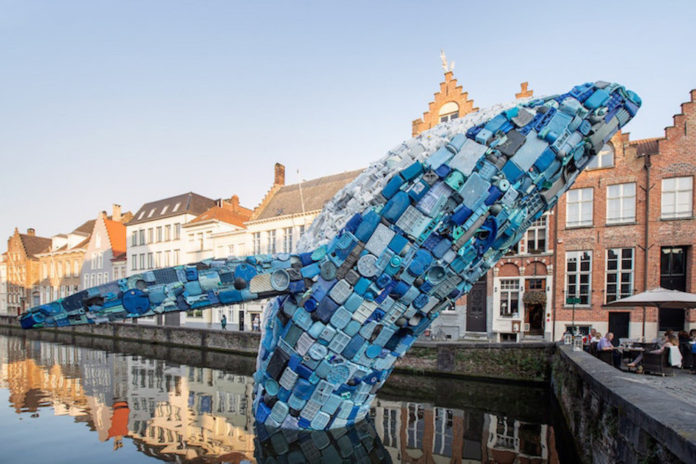Have you ever heard the saying, “one man’s trash is another man’s treasure? There are many instances where one person is quite happy to throw something away only for someone else to say, “I could have used that”. And while that may not be true in every circumstance, it certainly rings true in the world of composting.
A new report published in ACS Omega explains how by collecting the gases produced while making compost and mixing it with rubber can make optimized electronic sensors and sealants. Rubber comes from the Hevea brasiliensis tree and is used in a number of different applications due to its durability, elasticity, and flexibility. But to be able to use natural rubber in everyday items such as tires and rainboots, a lengthy process has to be gone through first.
During the manufacturing process, other elements are added to the polymer to make it usable. Carbon black is one of those elements. Carbon black is a filler that’s used to enhance the properties of rubber. But because it’s needed in such vast amounts it affects some properties of it too, like the color. And for that reason, scientists have been looking for a replacement for carbon black.
One such alternative being explored at the moment is to use graphitic nanocarbons as fillers as these would be far more cost-effective and more consistent in size than others in production. The researchers used graphitic nanocarbons that had been extracted from methane produced by compost. Combing these nanocarbons with natural rubber, a new composite was formed.
Upon testing, the researchers found that the composite only became conductive when plied with 10 wt percent of the nanocarbons, making it an idea to be used in the development of sensors and to be used as a sealant for electrical devices. In conclusion, the team is happy to say that nanocarbons are definitely a viable option as a replacement to carbon black.
More News to Read
- Scientists Discover Nearly 80 Exoplanet Candidates in NASA’s K2 Mission
- A Breakthrough in Gene Editing Sees Researchers Cure Blood Disorder
- New Frequency Hopping Transmitter Defies Even the Fastest Hackers
- Are New Mars Rocks Shielding Secrets about Alien Life 4 Billion Years Ago?
- Researchers Gain Deeper Understanding into Quantum Technology Thanks to Superconducting Vortex

